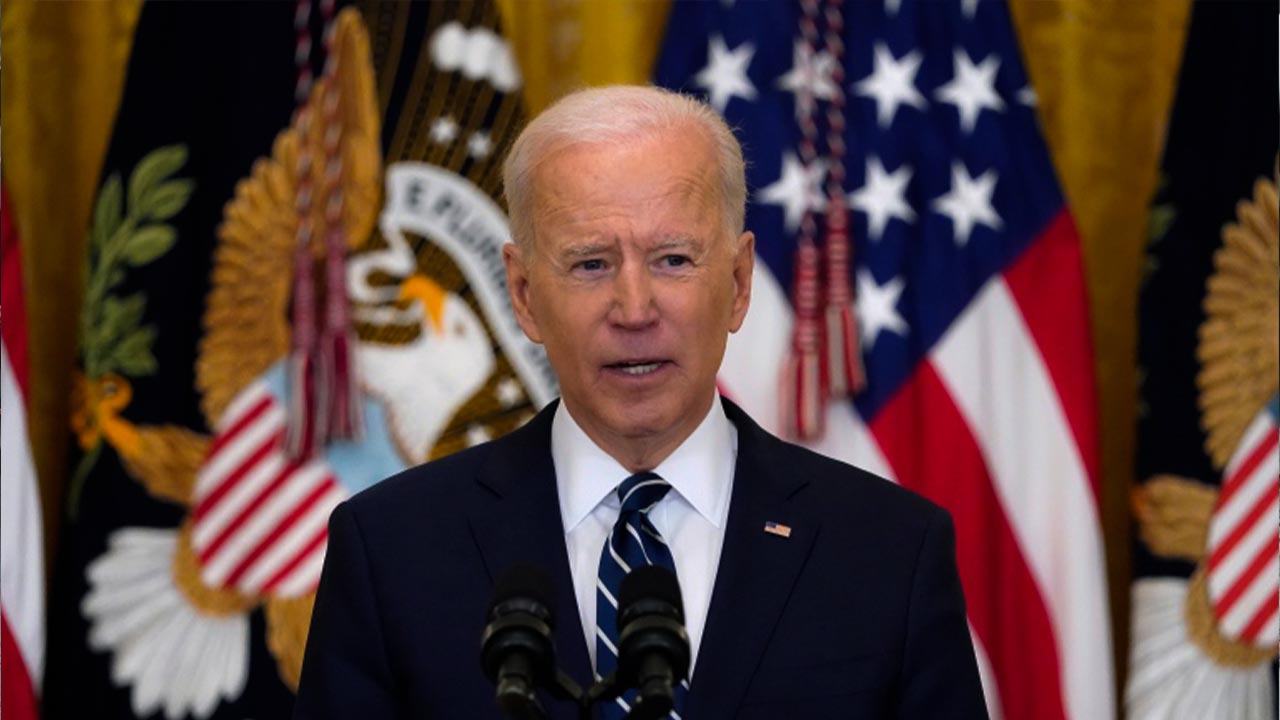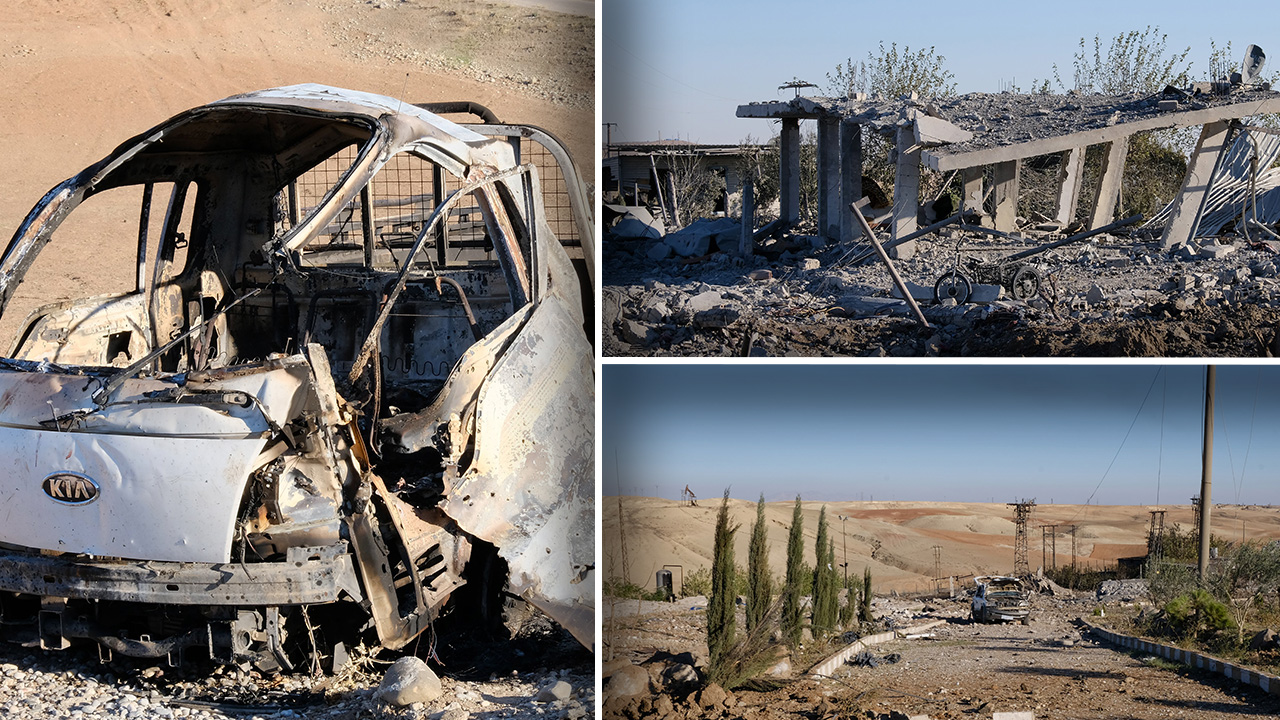Already, Iran has started taking pot-shots at Kurdish regions in Iraq and Syria, knowing that the US can well be pressured through attacks on isolated US bases. Civilian Kurds are caught in the crossfire. And the Kurds should not be blamed by the international Left for the presence of US bases in their regions – the US came to Syria and Iraq to project power, not to make friends.

This proposal is nothing but an effort to save face ahead of more bloodshed caused by US policy. The Biden administration has blood on its hands for backing Israel’s devastating ethnic cleansing of Gaza which has killed over 25,000 people to date, while its nose has been bloodied by rightful and perhaps unexpected domestic opposition to US policy in the region and weary of foreign interventions which self-evidently do nothing to bring peace or security to the Middle East.
But this blood should not be wiped off on the Kurds.
Already, Iran has started taking pot-shots at Kurdish regions in Iraq and Syria, knowing that the US can well be pressured through attacks on isolated US bases. Civilian Kurds are caught in the crossfire. And the Kurds should not be blamed by the international Left for the presence of US bases in their regions – the US came to Syria and Iraq to project power, not to make friends.
The US Administration’s alliance with the SDF is ‘temporary, transactional, and tactical’, as US representatives never tire of warning their allies – or reassuring Turkey, waiting not-so-patiently for its opportunity to complete its ethnic cleansing. Of course, despite the readily apparent power imbalance, such relationships work two ways. The SDF still has some cards to play – though with Turkey’s recent obliteration of the oil resources it relies on to survive and feed its people, it now has a poorer hand when approaching Assad to negotiate – and the US may have cause to regret continuing its long history of betrayal. The Kurdish movement has its own tactics and conducts its own transactions and it may yet have a role to play in the worsening regional crisis.
Indeed, the SDF and their associated political representatives have long made it clear they would in principle be open to a settlement with the Assad government, but on the condition that the Syrian constitution is reformed and the way opened for decentralized administration, democracy and women’s and minority rights. No such settlement is possible with Assad’s brutal government, and the ‘plan’ for the future of the Democratic Autonomous Administration of North and East Syria (DAANES) should be seen for what it is – a preemptive excuse, enabling US officials to shrug and turn their backs once they withdraw from the region, today or tomorrow, blaming the devastation from their ill-conceived efforts at power projection on supposedly irreconcilable ethnic and national differences.

For it seems the writing is already on the wall. Perhaps the US presence in North and East Syria will limp on till the end of this year, when either the triumphant return of Donald Trump will spell an all but certain drawdown of US troops in Syria and concomitant bout of brutal, bloody retribution and ethnic cleansing at the hands of Syrian and Turkish troops, or else a re-elected Biden administration will be spared the pre-election blushes of such a spectacle, and engineer an ugly, self-serving exit from the region along the lines detailed in the Pentagon leak.
In his response to the leak, Syrian Kurdish military leader Mazloum Abdi diplomatically focused on the doubtless devastating impact on the SDF’s anti-ISIS mission, pointing out that such a withdrawal would enable a swift resurgence of the terror organisation. But bigger wheels are turning in the Middle East, and behind closed doors Abdi and his allies will have recognized the leak as pointing to broader changes in the US’s regional policy – and will be planning their response accordingly.










